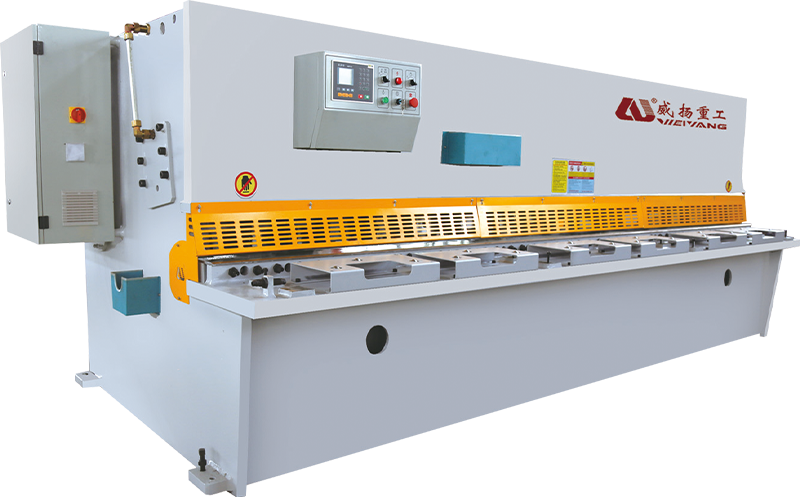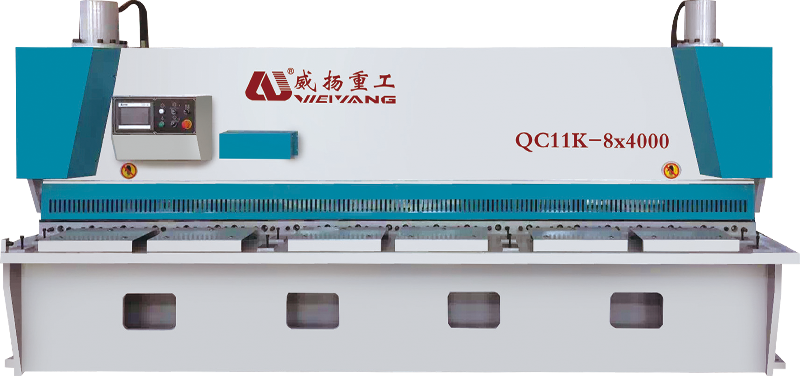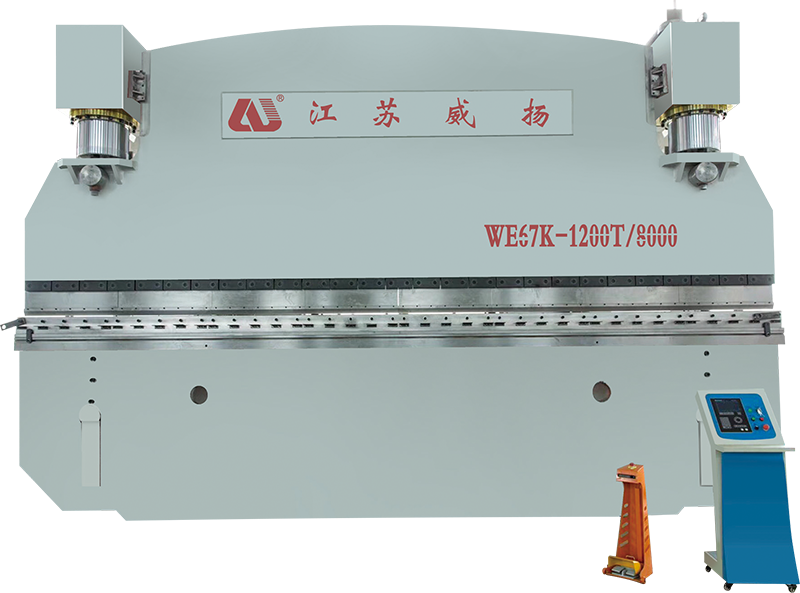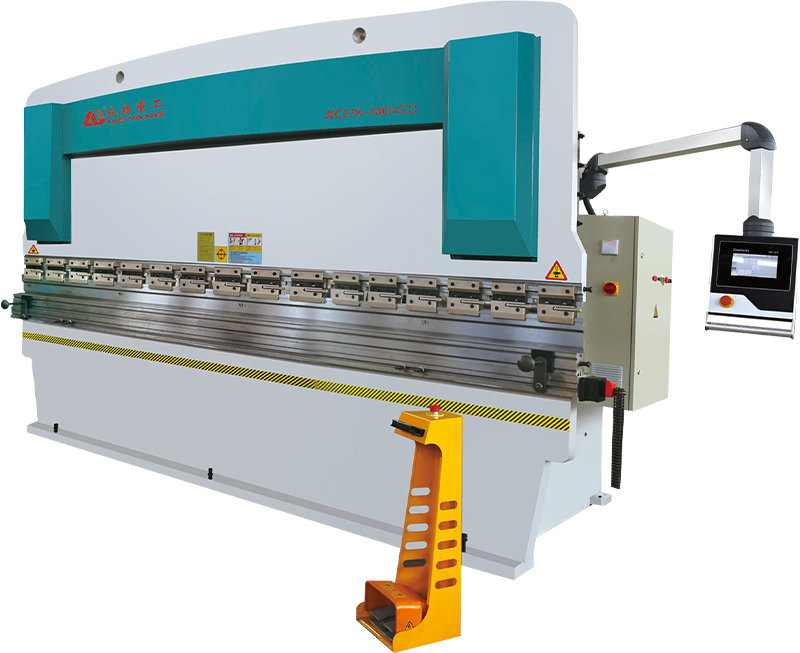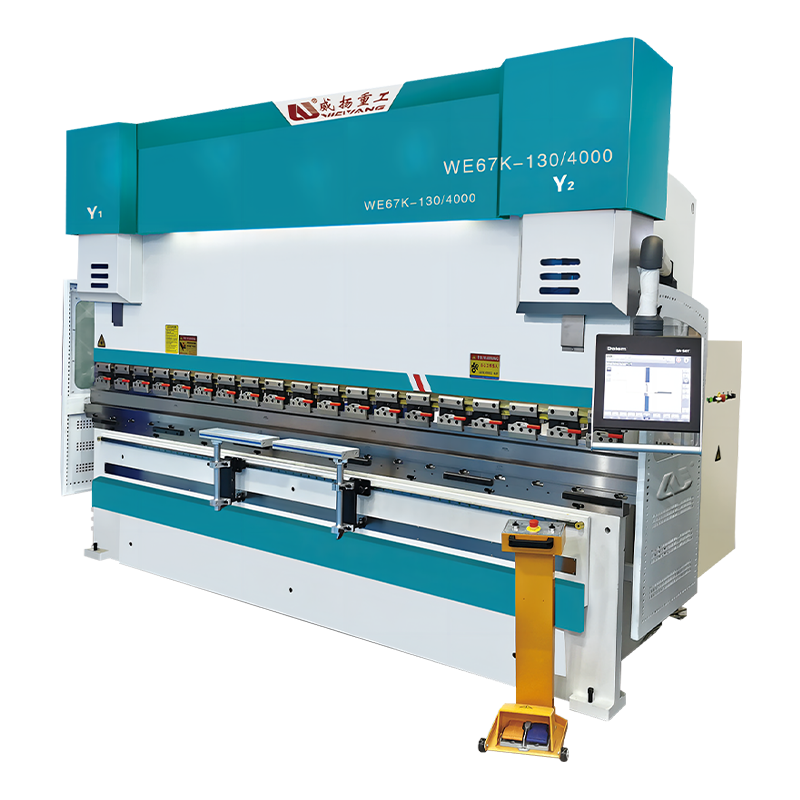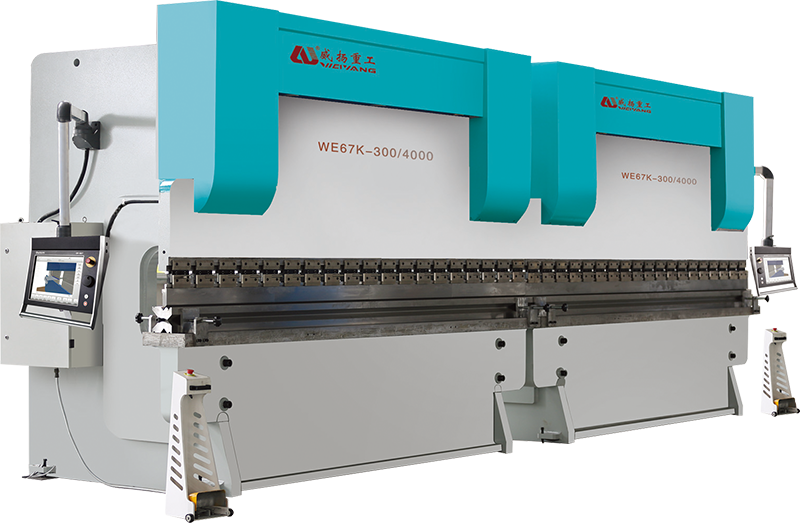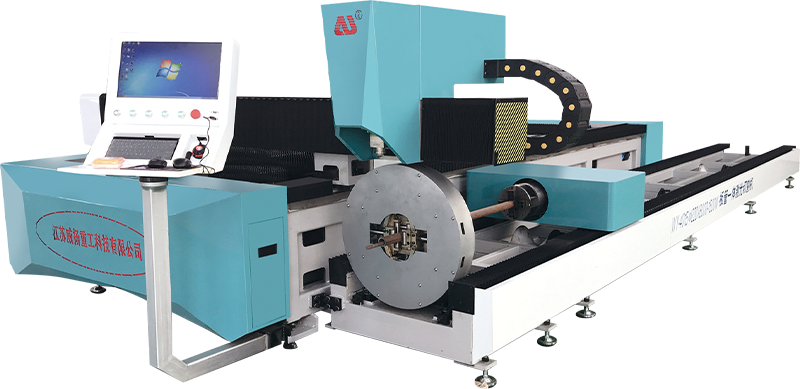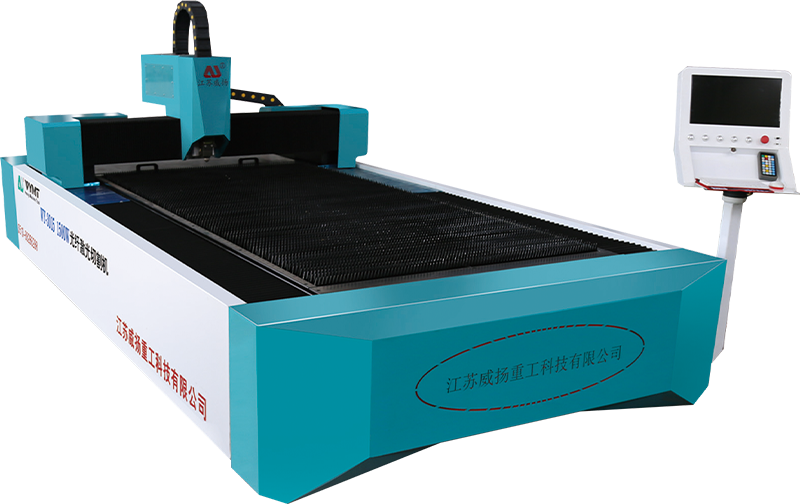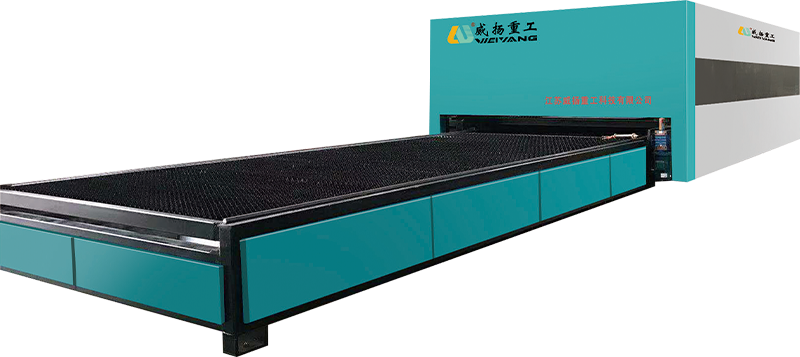How does the Precision Laser Cutting Machine ensure clean and precise edges, and are there any additional post-processing steps required for certain materials?
Laser Focus and Beam Control
The Precision Laser Cutting Machine uses a high-powered laser beam that is precisely focused to a very fine point. The beam's focus and intensity are dynamically controlled to ensure the cutting process is as accurate and efficient as possible.
-
Highly Focused Laser Beam: The laser's energy is concentrated into a small area on the material's surface, ensuring that the cut is extremely precise. The precision of the focused beam is critical, especially when cutting intricate or complex geometries. The ability to control the focal point ensures the laser stays at the ideal spot, maintaining cutting consistency and precision throughout the operation. This makes laser cutting ideal for applications where tight tolerances and fine details are required.
-
Adjustments for Material and Thickness: The Precision Laser Cutting Machine can adjust its beam's focus and power based on the material's specific properties (such as thickness, density, and thermal conductivity). For example, a thinner material may require a lower power setting with a finer focus, while thicker materials may need higher power settings with a slightly wider focus. This customization ensures that the laser effectively cuts through the material without excessive energy input, which could lead to heat damage or rough edges.
-
Minimal Thermal Impact: The machine also uses advanced beam control techniques to ensure that the heat from the laser is concentrated at the cutting point and does not spread too much to the surrounding material. This minimizes thermal distortion and helps keep the edges sharp and smooth.
Heat Management and Minimized Heat-Affected Zone (HAZ)
In laser cutting, heat management is critical to ensuring that the material's properties remain intact and that the edges are as clean as possible.
-
Precision Temperature Control: To prevent excessive heat from altering the material around the cut, the Precision Laser Cutting Machine employs sophisticated cooling and temperature control systems. This includes the use of assist gases like nitrogen or oxygen, which help cool the material and push molten debris away from the cutting zone. This reduces the overall heat accumulation in the material, which can cause the formation of a heat-affected zone (HAZ) that may lead to unwanted changes in material properties, such as discoloration, brittleness, or structural weaknesses.
-
Controlled Heat Distribution: In order to prevent material distortion, the Precision Laser Cutting Machine ensures that the laser’s intensity is precisely controlled to minimize the HAZ. This is crucial for materials like high-grade metals or polymers, where even slight temperature variations can affect mechanical properties. The machine's ability to cut with minimal heat input is particularly advantageous for materials that are sensitive to heat, such as thin stainless steel or certain plastics, which may warp or degrade if exposed to too much heat.
Edge Quality Control
The Precision Laser Cutting Machine is designed to produce cuts that are as clean and smooth as possible, often eliminating the need for additional post-processing.
-
Smooth and Sharp Edges: Unlike traditional mechanical cutting methods, which can leave behind jagged edges or require additional grinding and deburring, laser cutting leaves a clean, precise cut with minimal edge roughness. The focused laser melts the material as it cuts, creating smooth, sharp edges without the need for post-processing. The result is an edge with a high level of precision, making it ideal for intricate designs and applications where aesthetics are important.
-
Clean Edges with No Physical Contact: Since the laser cutting process is non-contact, there is no physical force applied to the material, which eliminates the risk of material deformation. This is particularly important for delicate or thin materials that could be damaged by mechanical force, such as aluminum foil or thin acrylic sheets. The result is a finished part with minimal burrs, roughness, or distortion, especially compared to mechanical methods like punching or sawing.
-
No Need for Secondary Operations: For most applications, Precision Laser Cutting Machines eliminate the need for secondary edge-finishing processes such as grinding or deburring. The high level of precision and the clean nature of the cuts often mean that parts can be used directly after cutting, reducing manufacturing time and costs.
Assisted Cutting with Gases
The use of assist gases is a fundamental part of the laser cutting process, enhancing the quality of the cut and optimizing the overall performance.
-
Use of Assist Gases (Oxygen, Nitrogen, Air): Different assist gases are used during the cutting process to improve the cut quality. Oxygen, for instance, helps to oxidize the material during cutting, which can lead to a cleaner cut in certain metals like mild steel. On the other hand, nitrogen is often used for stainless steel and aluminum to prevent oxidation, preserving the material’s shiny finish and reducing the risk of unwanted color changes along the edges. Compressed air can also be used as an alternative, especially for non-metallic materials or when cost efficiency is a priority.
-
Material-Specific Benefits: The choice of assist gas impacts not only the appearance of the cut edge but also the cutting speed and quality. For example, using oxygen on mild steel can speed up the cutting process by aiding the oxidation reaction, while nitrogen is preferred for more refined metals to prevent oxidation and preserve the edge's integrity. Nitrogen also helps to keep the cut edges clean by blowing away molten material and preventing soot accumulation on the surface.
-
Efficient Removal of Debris: The assist gases also play a role in removing debris from the cutting area. By blowing the molten material and vaporized particles away from the cut, the gases ensure that the cutting path remains clear, preventing debris buildup that could lead to impurities or roughness along the edges.
Post-Processing Steps Required for Certain Materials
While Precision Laser Cutting Machines are known for producing clean and accurate cuts, there are still certain situations where post-processing may be required, depending on the material and the intended application.
-
Thicker Materials: When cutting thicker materials (typically above 10 mm), the cut edge may exhibit some roughness or oxidation that needs to be addressed. For instance, while the laser cutting process ensures precision, thicker sections may accumulate more heat, leading to slight imperfections along the edges. Post-processing techniques such as grinding, polishing, or brushing may be necessary to achieve a completely smooth finish.
-
Non-Metallic Materials: When cutting non-metals such as plastics or composites, the laser process may leave behind melt marks, discoloration, or a slight layer of charred material. While these cuts are generally clean, especially compared to mechanical cutting, post-processing steps such as polishing, scraping, or washing may be needed to remove residual debris or marks that affect the appearance. Materials like acrylic or polycarbonate may also need edge finishing to restore optical clarity or to remove heat-affected residues.
-
Highly Precision-Driven Applications: In industries such as aerospace, medical devices, or electronics, where high levels of precision and aesthetic quality are required, even small imperfections may need to be addressed. In these cases, additional finishing operations like passivation, polishing, or surface treatments may be used to ensure that the cut edges meet the stringent quality standards of these sectors.
-
Post-Cutting Surface Treatment: Some materials, especially metals like stainless steel or titanium, may benefit from post-cutting treatments to enhance corrosion resistance or improve surface hardness. Techniques like passivation or anodizing are often employed in such cases, which not only improve the material's durability but also enhance its appearance.





